One of the most asked questions pertaing to the Honda Elite CH
150/250 and CN 250 Helix involves a backfire through the
exhaust on sudden deceleration.
An engine is not supposed to backfire and, when it is persistent,
It could be harmful to the engine. If there is an explosion in the
exhaust pipe when the cylinder is trying to exhaust its spent
combustion products, a back pressure is created which
interferes with the next cycle. This could result in incomplete
extraction, irregular charging with the fresh mixture, and
overheating. In addition, valves are not designed to seal against
pressure from their backsides and a broken valve rattling around
in the combustion chamber is a real possibility. While the
explosion sound ranges from a baby fart to a gunshot, its
annoying to say the least. In almost all the situations studied
various causes and remedies have been found with none
answering the question entirely.
In general, backfiring on deceleration (as opposed to
acceleration) is generally caused by a lean condition in the pilot
circuit. What happens is that the mixture leans out enough to
where is fails to ignite consistently. This, in turn allows some
unburned fuel to get into the exhaust pipes. Then when the
engine does fire, these unburned gasses are ignited in the
exhaust pipe, causing the backfire. Then, the classic diagnosis
is too lean a fuel mixture. The real mystery is where that lean
condition is coming from.
Here are the suspects:
1. Low Idle. Some folks cure backfiring by turning up the idle
slightly. This is the screw with the spring on it in the right front of
the CV carburetor. Recommended rpm is between 1100-1500.
Many scooters never run at the low end of the recommended idle
rpm range anyway. Turn up the idle first.
2. Exhaust Gasket. This seems to be one of the most frequent
causes of backfiring problems and an item that has been seen
to fail quite often. Air is sucked back into the combustion
chamber causing a lean condition at ignition and the backfire.
The exhaust gasket is a small metal rimmed fiber edged part
that people seem to forget to inspect when servicing the exhaust
or leave it out altogether.
3. Leaking Carburetor Intake Boot. The CV carburetor is fastened
to the intake with a stiff rubber intake boot. Sometimes it is not
sealed properly or gets a small crack in it enough to allow
excess air into the intake. The extra air from the split boot will
cause the popping. To check your intake rubber, you can spray
WD-40 in the suspected area while the engine is running. Any
decrease in engine revs confirms a leak. Another method is to
use an unlit propane torch, just barely cracked open, and see if
the idle changes when the gas gets sucked in. Don't get carried
away or you will flame the scoot! Less messy than using WD-40.
4. Leaking Vacuum Hose. Any misconnected or leaking carb
vacuum hoses can also encourage backfiring. That means the
carb fuel mixture is also slightly leaner, more prone to backfiring.
Check for cracked or stiff bending hoses and replace if
necessary. Putting the hoses back correctly may help with the
backfiring without having to adjust the idle screw or pilot screw.
The misconnected hoses can also degrade low end response
slightly.
5. Pilot Screw. On the back of the Keihin Constant Velocity (CV)
carburetor is the pilot adjustment screw also known as the
enrichment circuit adjuster. On the CH 150, it is covered with a
plug which has to be removed. On the 250 cc motors, this screw
should have a limiter cap on it to vary the adjustment. For a rich
carburetor adjustment, turn the adjustment screw clockwise (in
toward the carb body) a tad to eliminate a lean running condition.
All adjustments should be made with a warm engine. See Tech
Tip #7 Pilot Screw Adjustment & Fix for a more detailed service).
6. Air Cut-off Valve. This component is the prime suspect. On the
back of the CV carb is the air cut-off valve. The air cut off valve
enrichens the pilot circuit on deceleration by means of a
rubberized piston. One hose to the valve (nearest air filter) is the
air tube connector and the other (nearest the autobystarter) is the
vacuum connector port. If air pushed through the cut-off valve by
a pressure pump leaks by the vacuum port connector while
vacuum is initiated with a vacuum pump, replace the air valve. I
replaced a faulty air cut off piston and my backfiring ceased. The
air cut-off valve is expensive (about $70) and should be replaced
after all other suspects tested have failed.
7. Enrichening The CV Jetting. I solved a similar deceleration
backfire on a CH250 by removing the 112 (lean) main jet and
using a 115 or 118. The CN250, which uses a leaner 110 main
jet, could also benefit from the main jet enrichment.
credit to jwp767 and randy pozzi
the info is a valid solution for many makes and models.
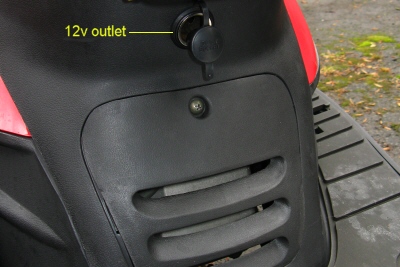
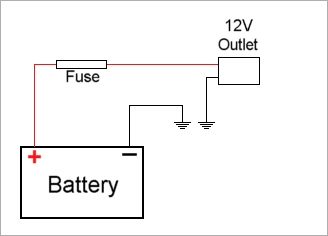
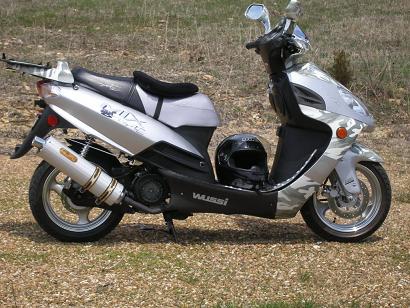
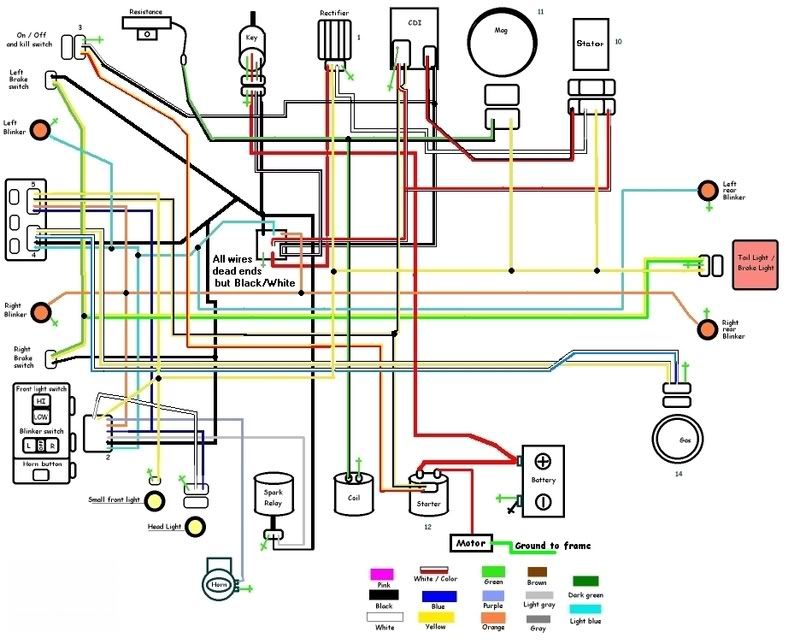

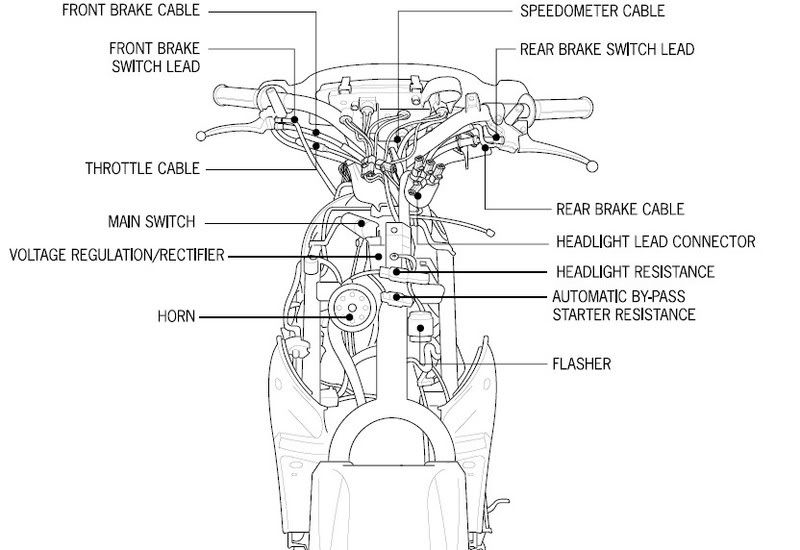



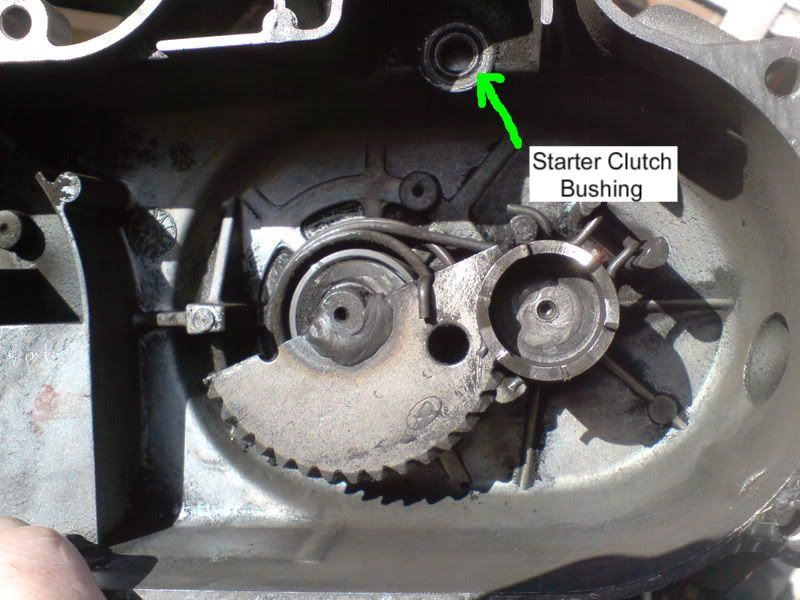
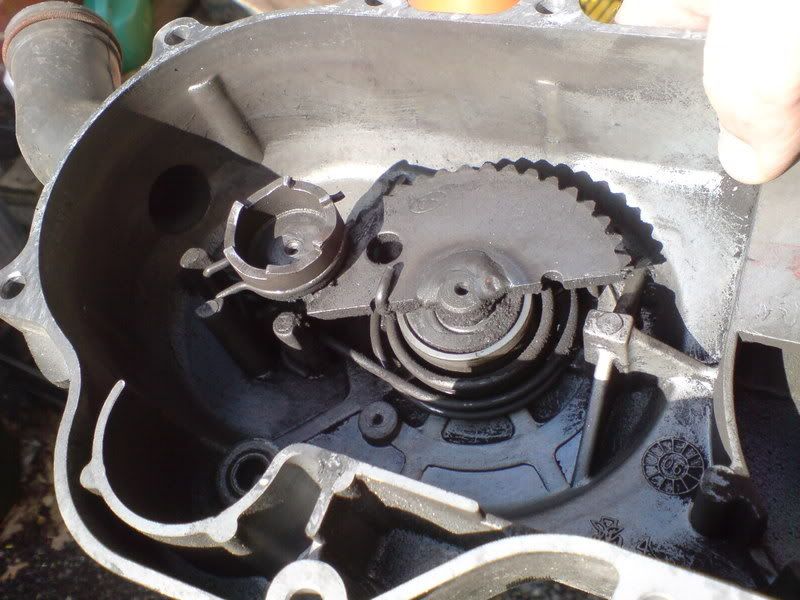

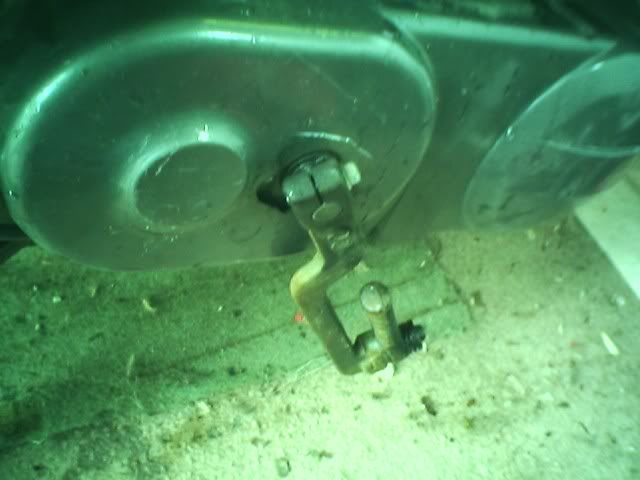

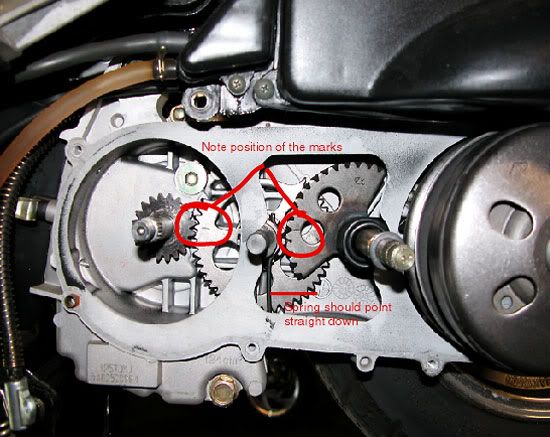
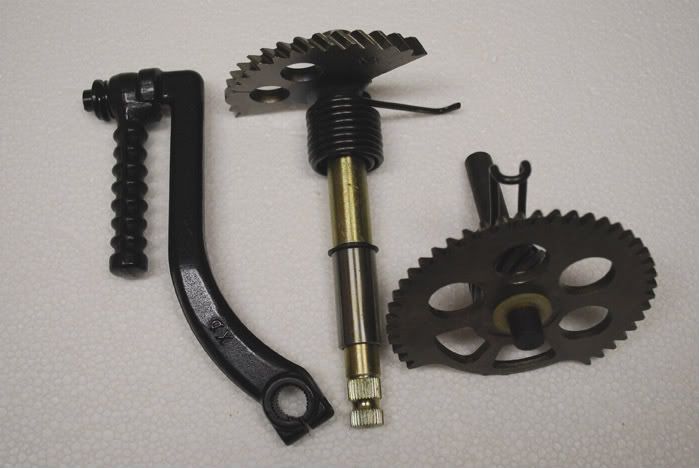
![[image] [image]](http://img530.imageshack.us/img530/1381/dsc00010xd1.jpg)
![[image] [image]](http://img444.imageshack.us/img444/8145/dsc00011qe2.jpg)
![[image] [image]](http://img530.imageshack.us/img530/7213/dsc00012ir8.jpg)
![[image] [image]](http://img530.imageshack.us/img530/2051/dsc00014rq7.jpg)
![[image] [image]](http://img530.imageshack.us/img530/6650/dsc00015ki3.jpg)
![[image] [image]](http://img206.imageshack.us/img206/4661/dsc00016yc3.jpg)

 Logged
Logged 

![[image] [image]](http://i27.tinypic.com/23movn.jpg)
![[image] [image]](http://i28.tinypic.com/2d2gp49.jpg)
![[image] [image]](http://i26.tinypic.com/xdt56u.jpg)
![[image] [image]](http://i28.tinypic.com/2u6fexi.jpg)
![[image] [image]](http://i31.tinypic.com/3452e77.jpg)











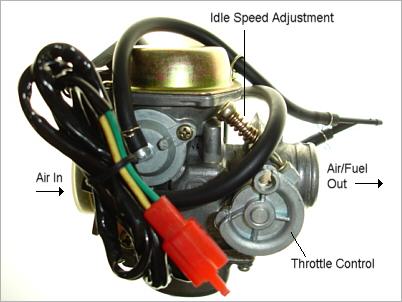
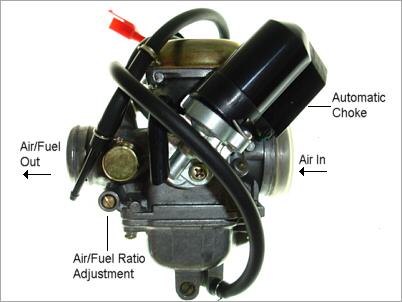
![[image] [image]](http://i5.photobucket.com/albums/y159/Bluefront/scooters/nut2.jpg)
![[image] [image]](http://i5.photobucket.com/albums/y159/Bluefront/scooters/nut3.jpg)

![[image] [image]](http://i5.photobucket.com/albums/y159/Bluefront/scooters/nut1.jpg)